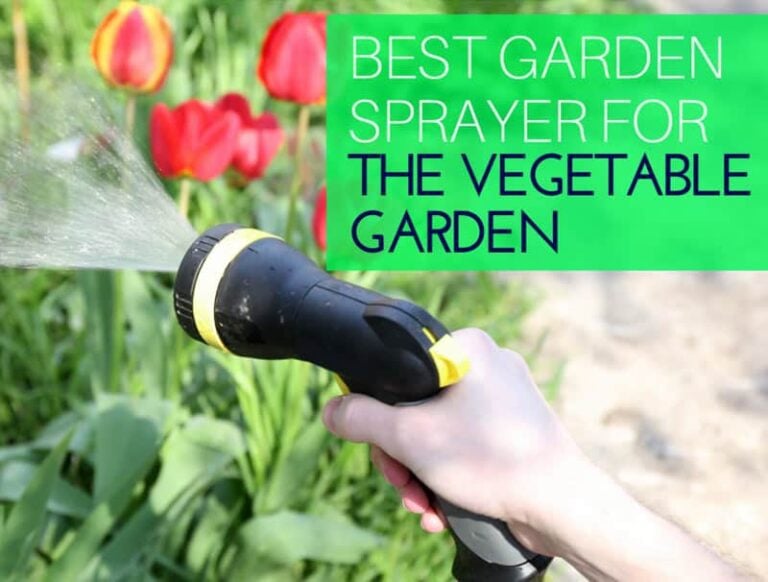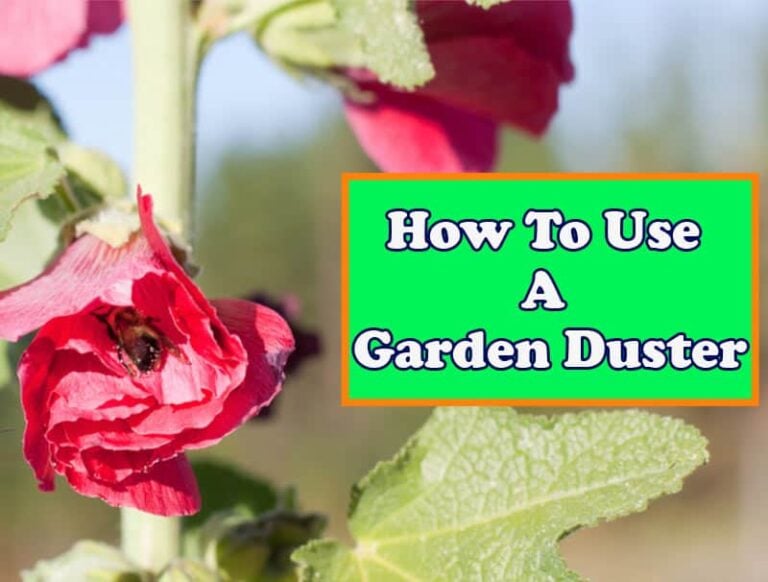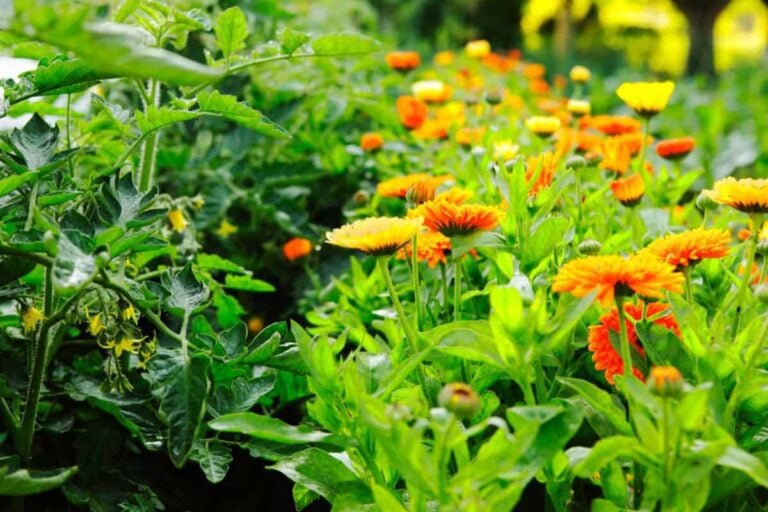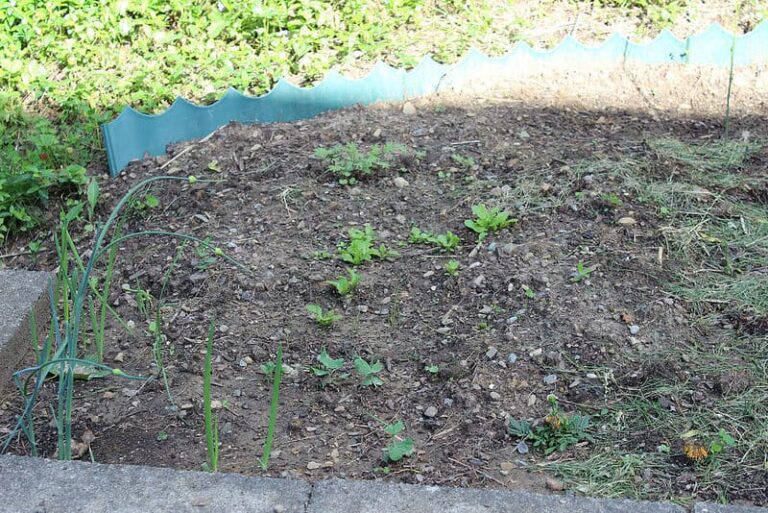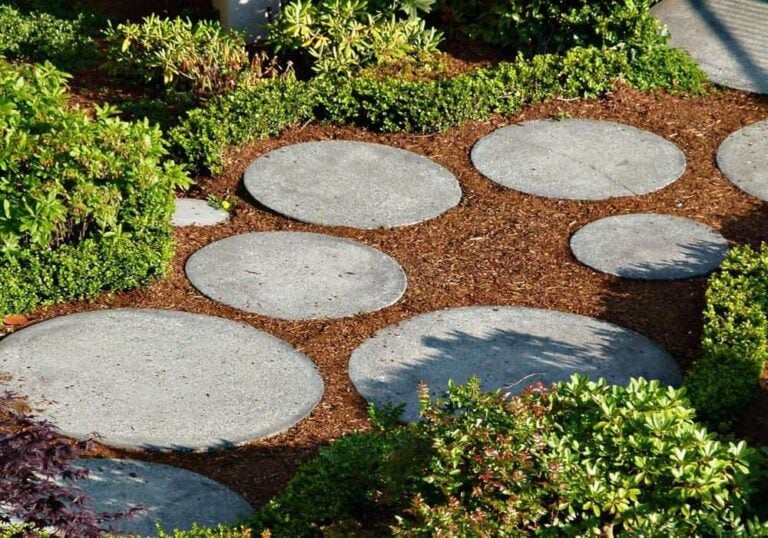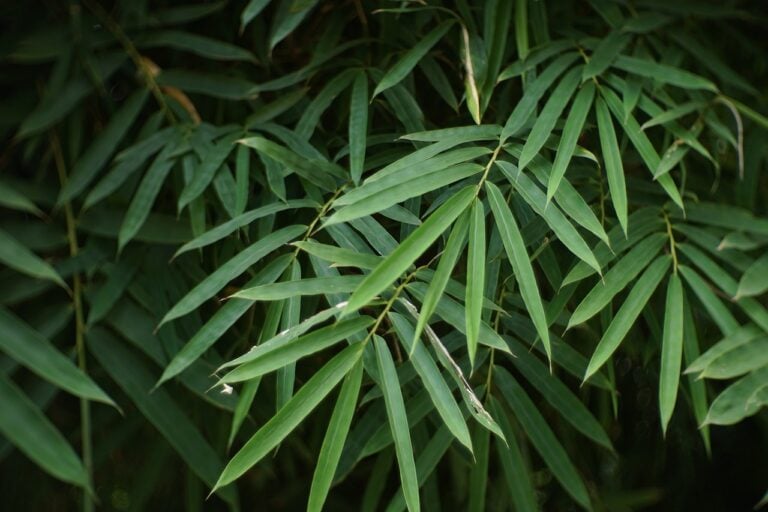How to Plant Tomatoes: A Quick Guide
Before you plant your tomato seeds, thoroughly clean the containers you’ll use to plant and label them with the tomato variety and date you planted for easier organization later on.
To plant tomatoes from seeds, you’ll need to harvest the seeds from your favorite tomato varieties, invest in a soilless mix with added perlite and vermiculite, and find a good source of heat and natural light in your home for your seeds to grow.
What Will I Need to Plant Tomatoes?
To plant your own tomatoes, you’ll first need tomato seeds. Some people choose to plant already-grown tomato plants, but you can grow your own from seeds with some extra care and patience.
Here is a helpful video that shows you how to harvest your own tomato seeds:
Decide on the type of tomatoes you want to grow. You can buy your seeds from the store or harvest and preserve the seeds from tomatoes you have at home.
You will also need a soilless mix for starting your seeds rather than a potting soil. Soilless mixes can help to keep your seeds free of organisms and are best for the germinating process.
You can get creative with your potting containers. Gather cups or egg cartons for planting your seeds on a budget or purchase biodegradable pots. Basically, you can use anything that you can poke some drainage holes into.
Finally, tomato seeds will need plenty of light and a heat source for healthy germination. If your home doesn’t have a lot of natural light, consider purchasing a heat mat and grow lights to provide the warmth and light your seeds will need to grow.
Tips to Consider Before You Start to Plant Tomatoes
You will want to be prepared before you start planting your tomatoes to yield the best results later. First, take into consideration the containers you’re using to plant your seeds. Although you can use virtually anything that allows for drainage and ventilation, you need to take extra care to ensure the cleanliness of your containers. The smallest amounts of dirt and germs can lead to disastrous results for tomatoes.
Also, take some time to label your containers before you begin planting so you don’t mix up your tomato varieties. Use a piece of tape to label directly on the container, or stick a labeled popsicle stick in each container. You may also want to include the date they were planted so you don’t lose track of their progress and ideal transplanting times.
The Best Time to Plant Tomatoes
According to the Old Farmer’s Almanac, the best time to begin planting your tomato seeds is six weeks before the last frost typically occurs in your area. If you don’t know when frost ends in your location, you can check the U.S. Frost dates from Modern Farmer to give you an idea.
It’s important to remember not to plant your seeds too early because you’ll run the risk of your tomato plants outgrowing their containers before you can transplant them outdoors. Since tomatoes grow best in warm weather, planting them six weeks before the last frost will give them plenty of time to grow before the outside soil is the best temperature for growth.
Once the last frost occurs in your area, you’ll be able to move your seedlings outdoors within about one to two weeks.
How Should I Prepare the Seed-Starting Mix?
A soilless seed-starting mix is the best for planting tomatoes because it has no living organisms, absorbs and retains moisture, and allows the plant to drain water well.
The Old Farmer’s Almanac recommends using a mixture of soilless peat moss, vermiculite and perlite to plant your seeds in. Vermiculite helps to retain moisture, while perlite keeps the soilless mix aerated for better oxygen flow to the tomato seeds.
Before placing your soilless mix into your containers, moisten it with some warm water in a large container, being careful not to over-moisten.
Planting Your Tomato Seeds
When you’re ready to plant your seeds, fill your containers most of the way with your soilless mix, leaving about a ½-inch at the top. Place two seeds on top of the mix in the center of each container, one in case the other doesn’t sprout. You may also consider planting your largest tomato seeds first, as these typically have better germination rates.
This video by Gardener’s Supply Company shows the process for planting tomato seeds:
Cover each seed with about 1/4 inch of soilles mix, pressing gently to ensure the seed is placed well within the mixture. Then, moisten the mix with a very small amount of water. This creates a good contact between the seeds and the soilless mix.
Some gardeners who grow tomatoes swear by using eggshells within the soilless mix to aid the growth of tomatoes. You can place eggshells in the bottoms of your tomato seed containers or gently push them into the soilless mix surrounding your tomato seeds. Eggshells help absorb calcium to aid in healthy growth of plants. With tomatoes, calcium from eggshells can prevent your plants from rotting.
Cover your containers with some plastic wrap and make a few small holes to aid in air flow. This keeps the moisture in for a greenhouse effect on your tomato plants.
Where Should I Store My Tomato Seedlings?
Tomato seeds need only heat to grow when they are first planted. If you do not want to invest in a heat mat to place your containers on, use natural sources of heat from your home. For example, you can place your containers on top of the refrigerator where heat escapes, or near your clothes dryer. Just remember to try to keep them in consistent heat between 65 to 75 degrees Fahrenheit.
Once you see sprouts, you will need to move your seedlings to a window that gets a lot of natural light. Or, you might consider using grow lights if you don’t have a safe place or natural light source in your home.

